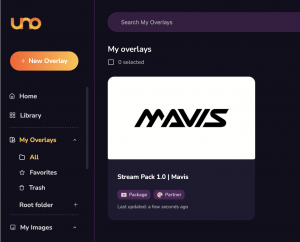Mavis unveils innovative ‘Camera-to-Cloud’ workflow for Sony Ci
Mavis, a leading innovator in the video production industry, officially announces the launch of their innovative ‘camera-to-cloud’ workflow. This cutting-edge solution, developed in partnership with Atomos, redefines the approach to video capture, offering unprecedented efficiency and flexibility for content creators.
The ‘camera-to-cloud’ workflow seamlessly integrates state-of-the-art hardware and software to optimise video production workflows. In a strategic collaboration with Atomos, Mavis has successfully crafted a solution that addresses the evolving needs of video production businesses.
This workflow empowers content creators to use Mavis to directly upload video content into Sony CI and Atomos Edit, reducing the necessity for physical hardware. Producers and editors can now operate from anywhere in the world, receiving real-time content that can be swiftly published on their platform of choice.
Key features of the ‘camera-to-cloud’ workflow include its secure and scalable design, ensuring a reliable and adaptable solution for diverse video production scenarios. Users can leverage this technology the $15 per month plan for Sony CI integration, which facilitates progressive upload for enhanced versatility in almost real-time. Additionally, the Atomos Edit workflow, which puts your files directly into browser-based video editor is available on the free Mavis plan (an Atomos Edit licence is separate).
Mavis’s commitment to pushing the boundaries of innovation in collaboration with Atomos underscores its dedication to providing industry-leading solutions. The ‘camera-to-cloud’ workflow is poised to transform the landscape of video production, offering convenience, security, and efficiency for content creators globally.
Mavis is at the forefront of technological innovation, and these latest developments underscore our commitment to providing solutions that empower video production businesses to thrive in a dynamic landscape.
Get in Touch:
For more information, interviews, or to schedule a demonstration of the ‘Camera to Cloud’ system, please do not hesitate to contact us. We would be delighted to share further insights and showcase how Mavis can elevate your video production.
Contact:
